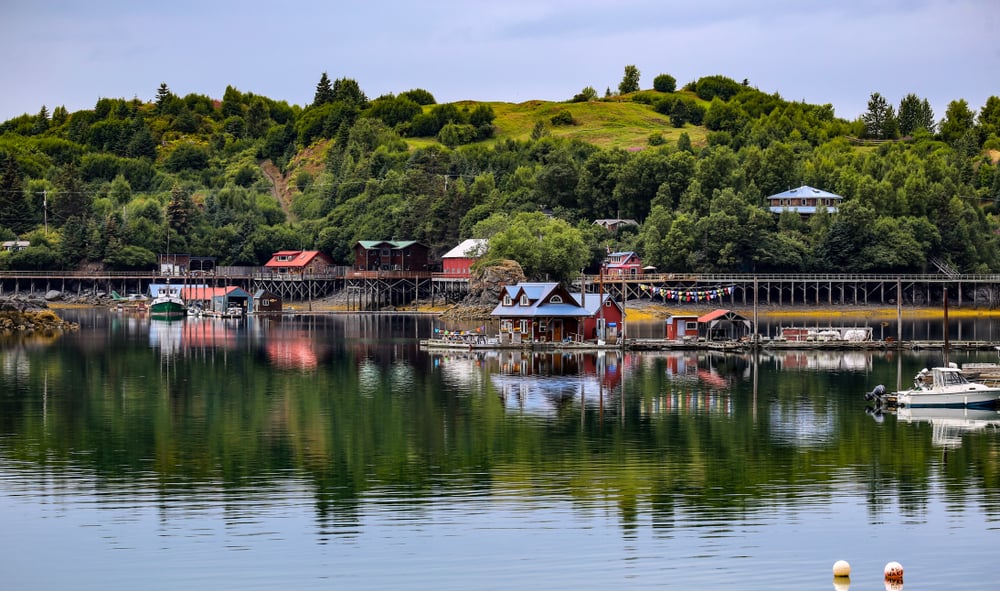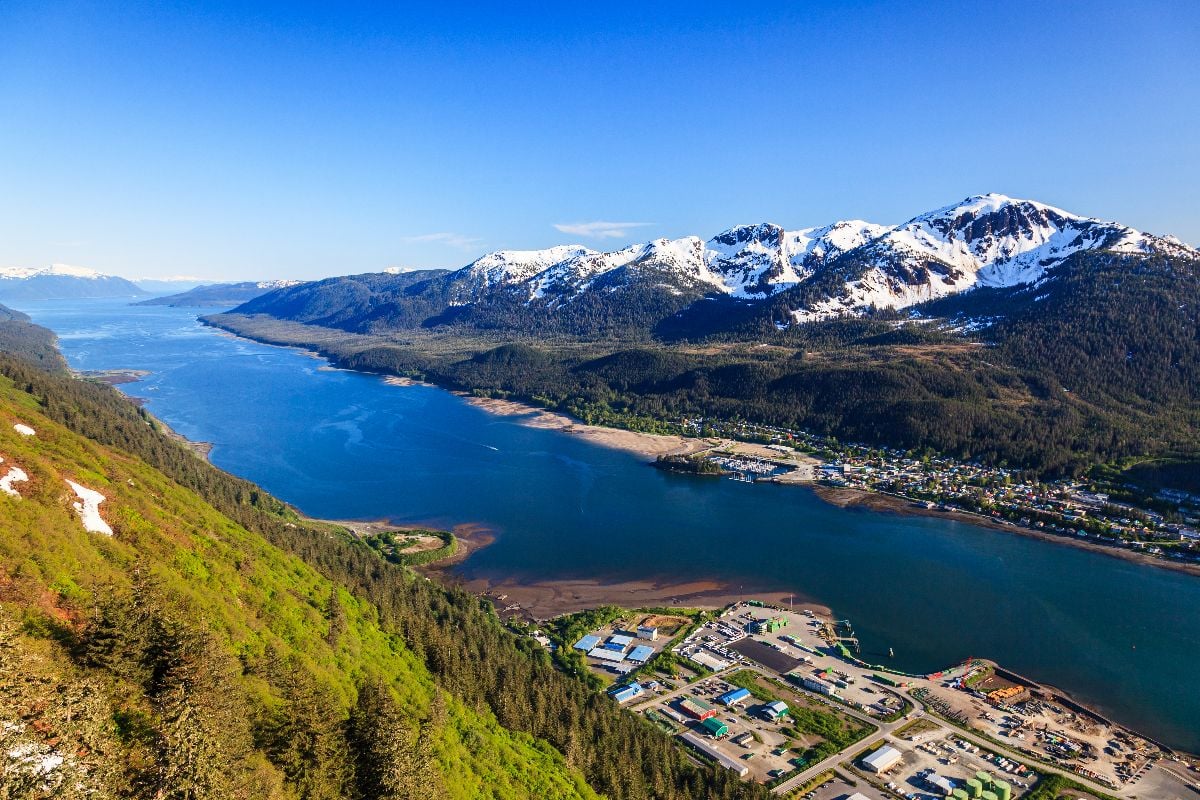
Here’s a playful look at the cultural whiplash Alaskans get when they visit the Lower 48. Life up north rewires your sense of distance, daylight, and danger in ways most Americans never experience.
Things like black ice, block heaters, and moose-at-large aren’t quaint trivia—they’re logistics. So when Alaskans head south, the little assumptions other states make can feel downright alien.
25. “Long Drive” Means Two Hours… Max
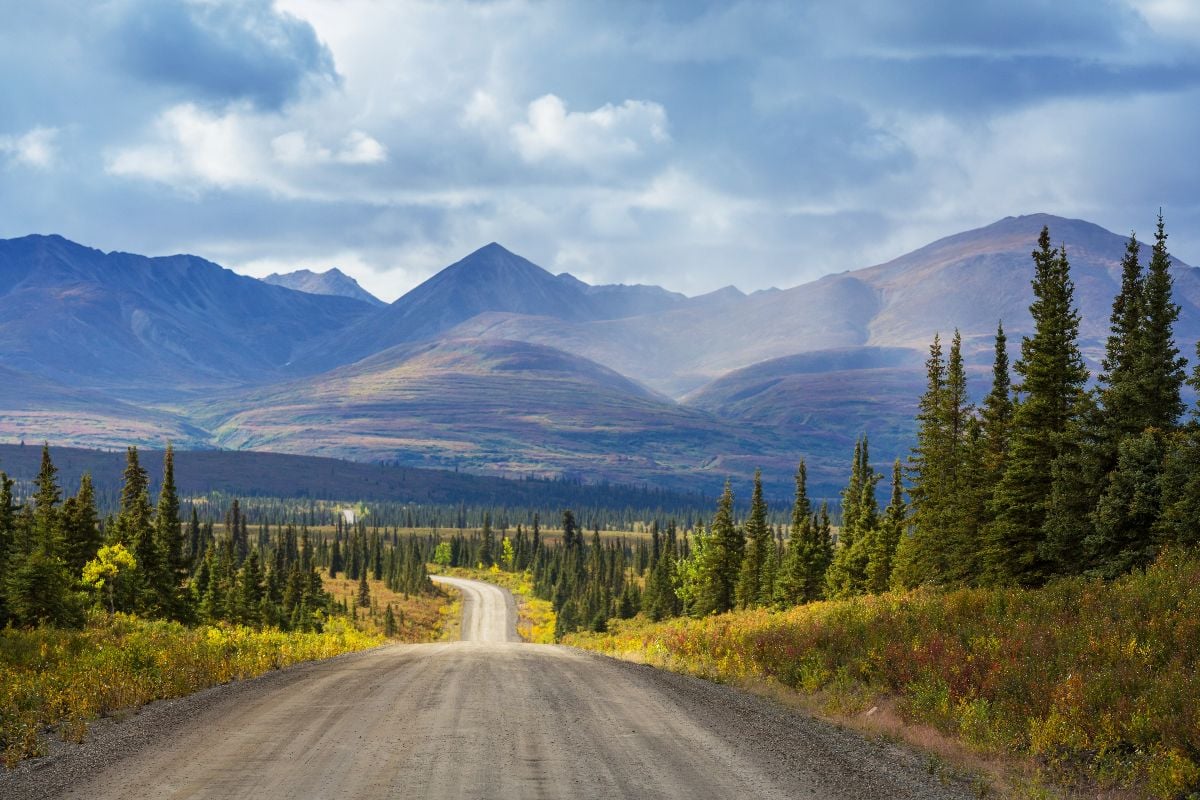
In much of the Lower 48, a “long drive” is anything over 90 minutes. In Alaska, that’s just getting warmed up, and you probably still have gravel ahead. People underestimate how far apart things can be and how few alternate routes exist. An Alaskan hears “five hours away” and thinks day trip, not road odyssey.
24. Snow Day Thresholds
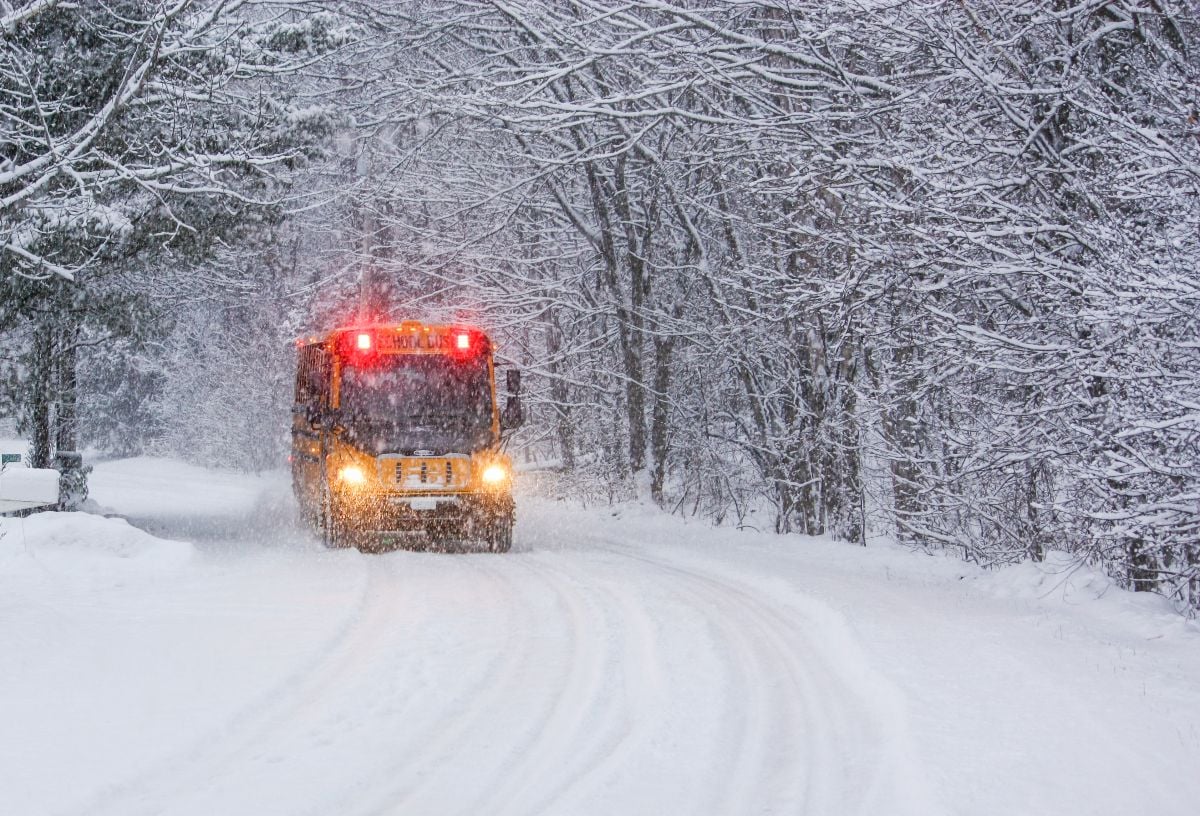
Schools and offices in the Lower 48 can close for a dusting. In Alaska, life keeps moving through whiteouts, negative temps, and roads that look like frosted glass. The bar for disruption is simply higher because winter is the default, not the exception. Alaskans are baffled when a light flurry empties supermarket shelves.
23. Hills Called “Mountains”
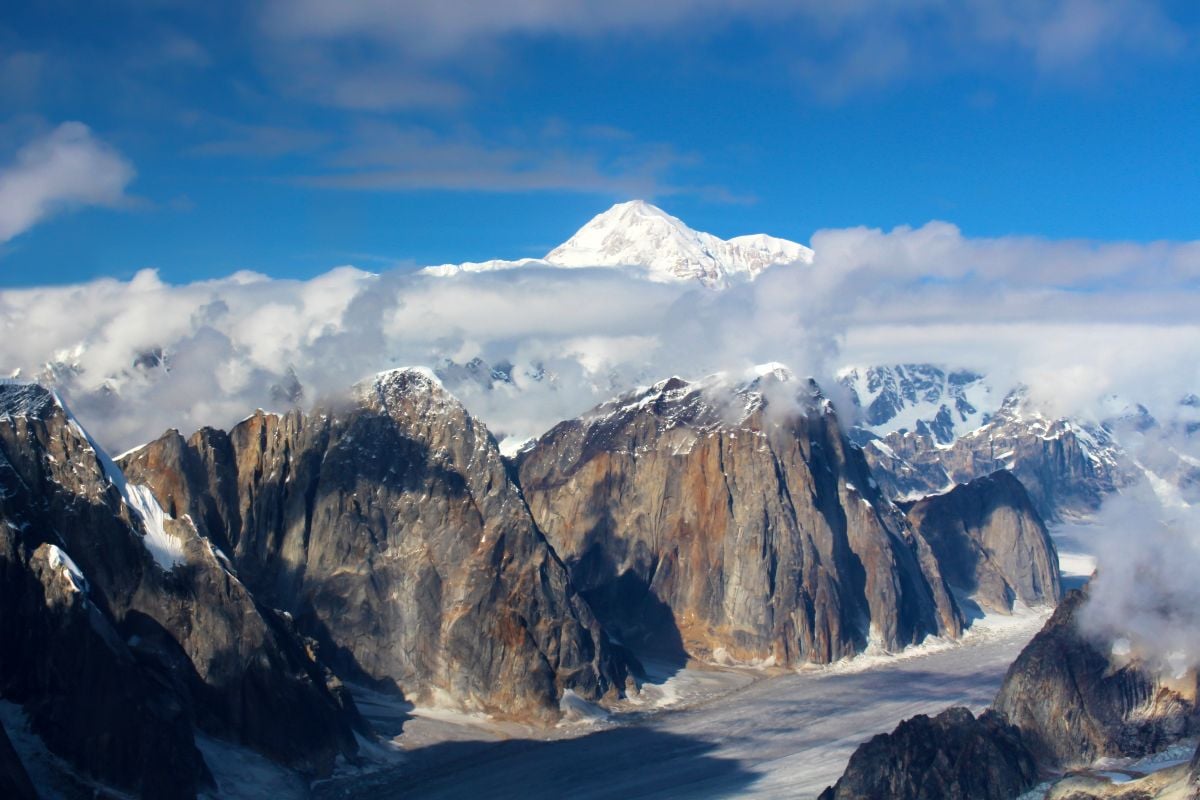
A ridge with a ski lift is lovely, but Alaskans reserve the word “mountain” for the big, jagged, glaciated kind. The Lower 48 has stunning ranges, yet many local “peaks” read as hills to Alaska-calibrated eyes. Scale becomes a running joke after you’ve stared at Denali on a clear day. Once your baseline is colossal, everything else looks pocket-sized.
22. Predictable Daylight
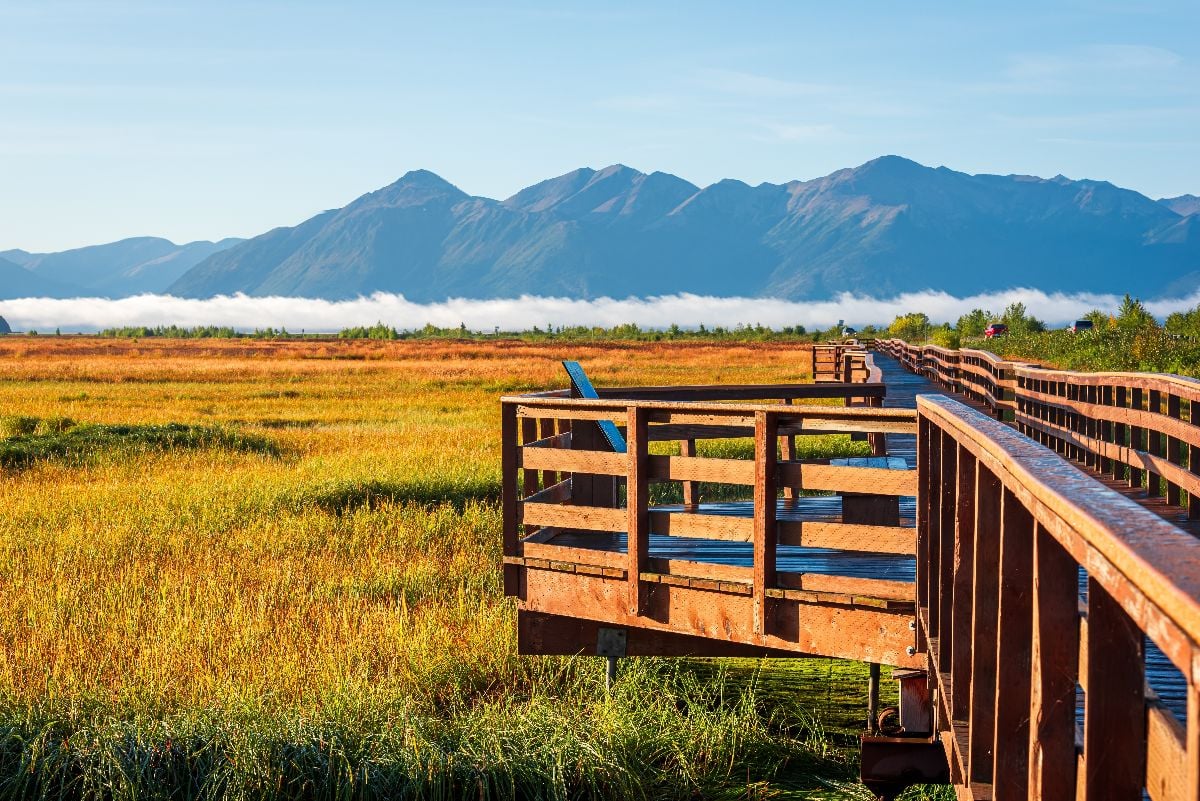
Nine-to-five daylight cycles feel almost luxurious to Alaskans. The Lower 48 doesn’t require blackout curtains in summer or sun lamps in winter just to stay sane. Down south, sunrise and sunset times barely ripple across seasons. In Alaska, light rules your mood, your errands, and sometimes your sleep.
21. Thermostat Drama
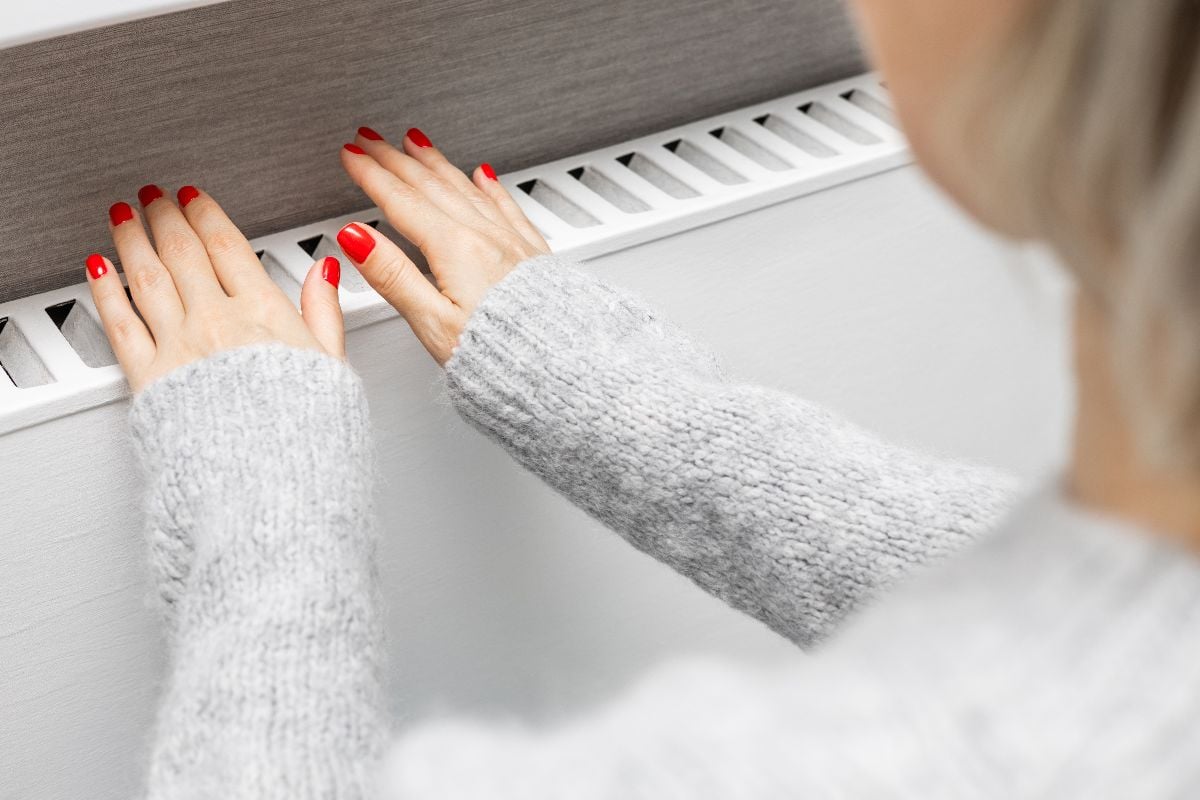
Friends in the Lower 48 debate 68°F versus 72°F like it’s constitutional law. Alaskans spend months negotiating with real cold, not just indoor climate preferences. You wear layers, you manage drafts, and you don’t fear a quick dash outside at -10°F. Heat waves baffle Alaskans less than the panic over a crisp autumn day.
20. Wildlife Proximity Protocols
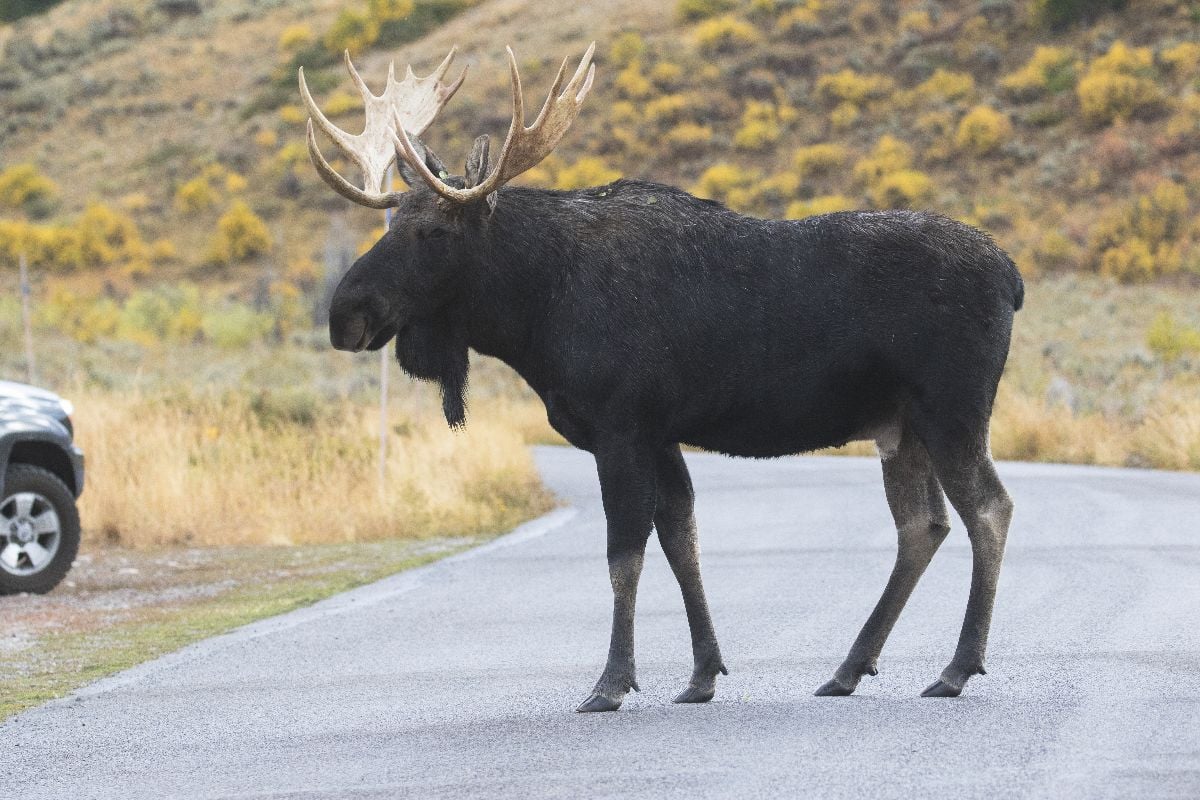
Cute deer in a backyard are one thing; a moose blocking your car is another. Lower 48 folks might edge closer for a photo; Alaskans instinctively give space and an escape route. Bears aren’t an abstract camping risk—they’re an urban planning consideration. Curiosity is fine, but distance is survival.
19. Salmon Isn’t Just “Fish”
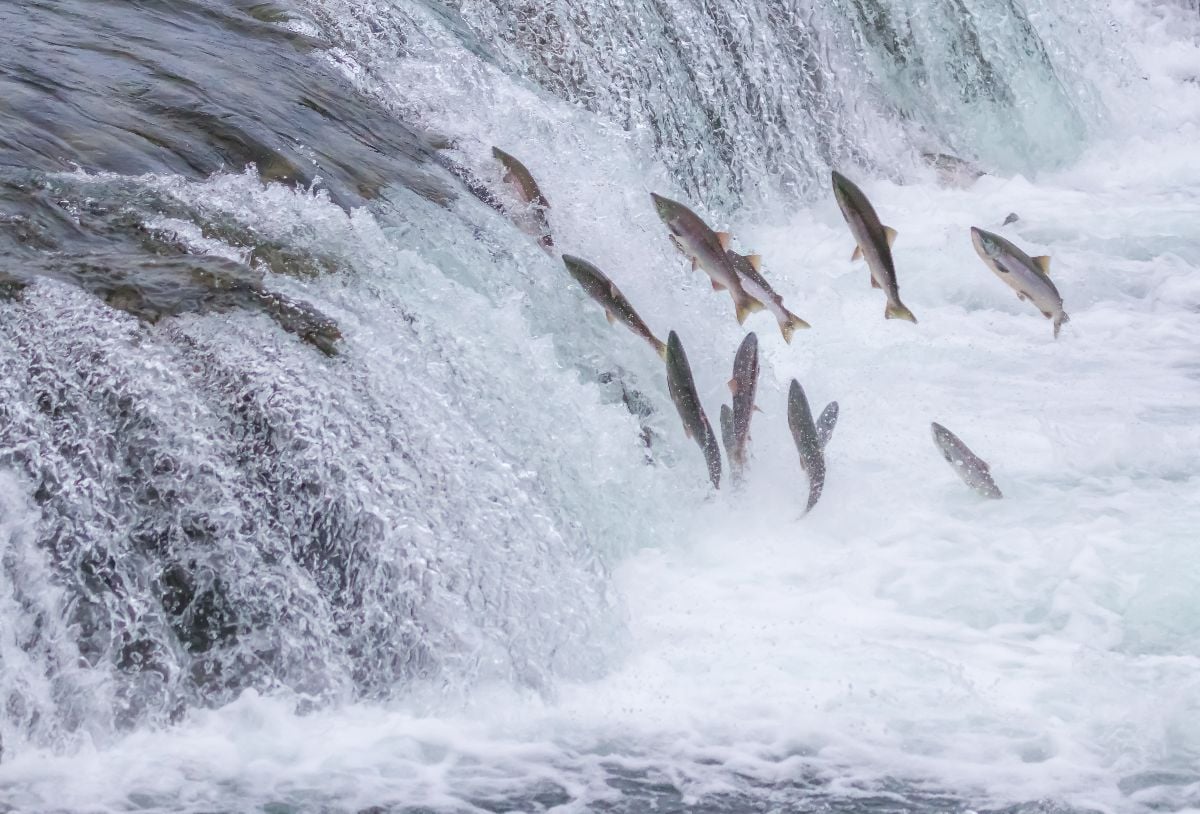
In many states, salmon is a menu item; in Alaska, it’s a calendar and a culture. Runs, gear, and tides are daily conversation topics, not foodie trivia. The words “dipnet,” “smoker,” and “vac-seal” are household verbs. Farmed versus wild isn’t a debate—it’s a foregone conclusion.
18. Fences Everywhere
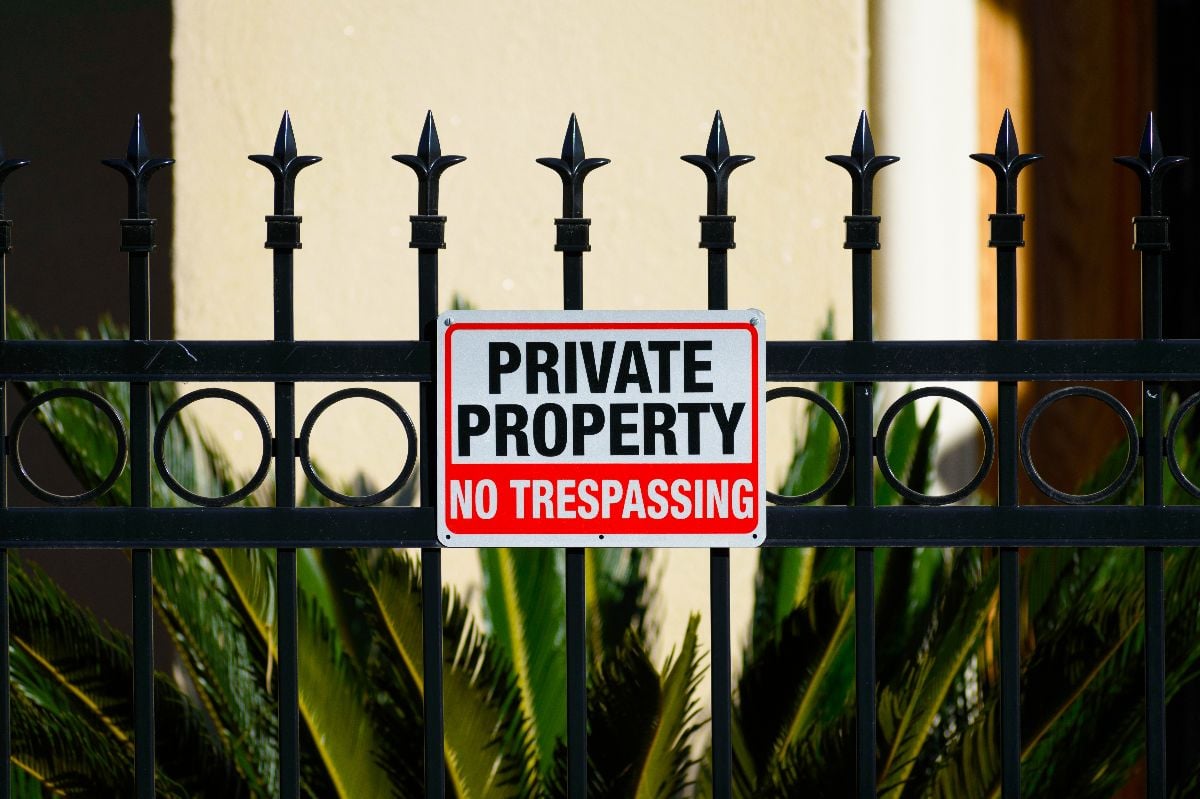
In the Lower 48, “No Trespassing” signs and fences patchwork the landscape. Alaska’s sheer amount of public land resets expectations about access and roaming. Trailheads can be rough, unmarked, and profoundly free. The idea that every patch of green is owned and posted feels claustrophobic.
17. Winterization Isn’t Optional
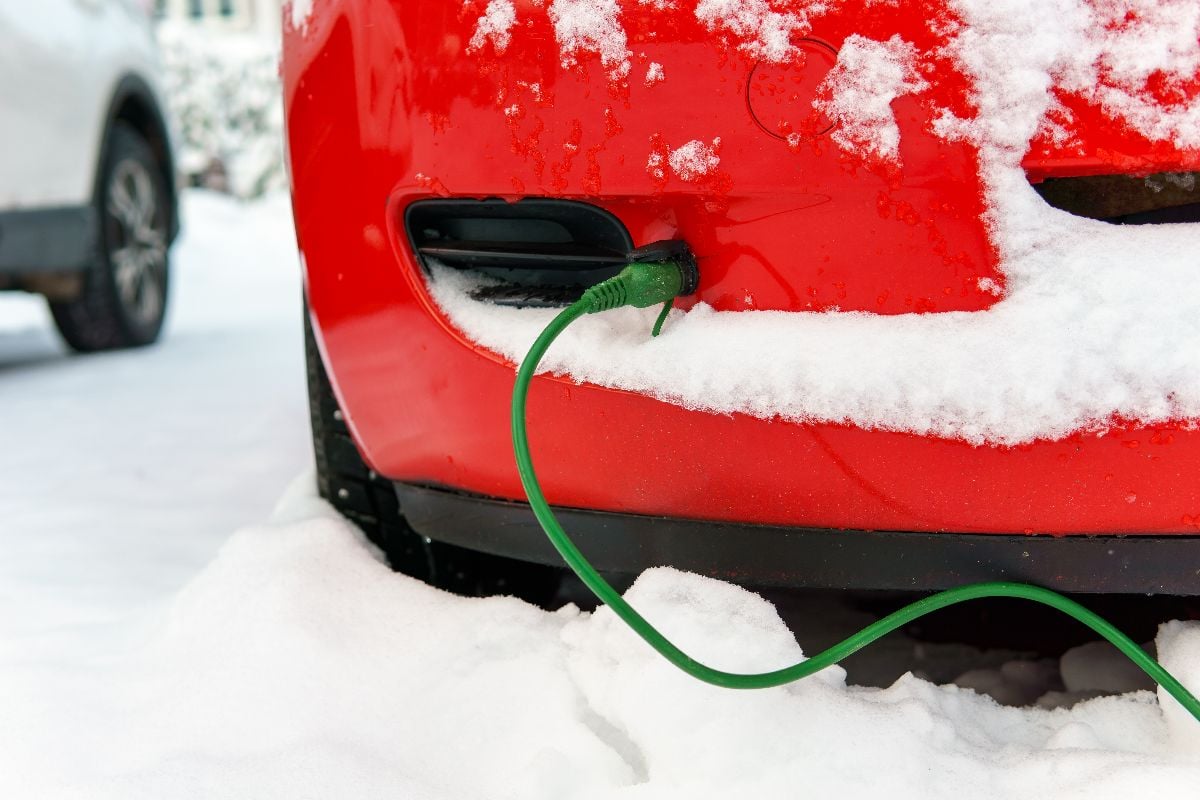
Block heaters, extension cords snaked across parking lots, and studded tires are normal up north. Many Lower 48 drivers treat winter prep like an accessory, not a baseline. In Alaska, you plan for batteries, fluids, and frozen door seals. If your car isn’t ready by October, you aren’t either.
16. Black Ice vs. Road Salt
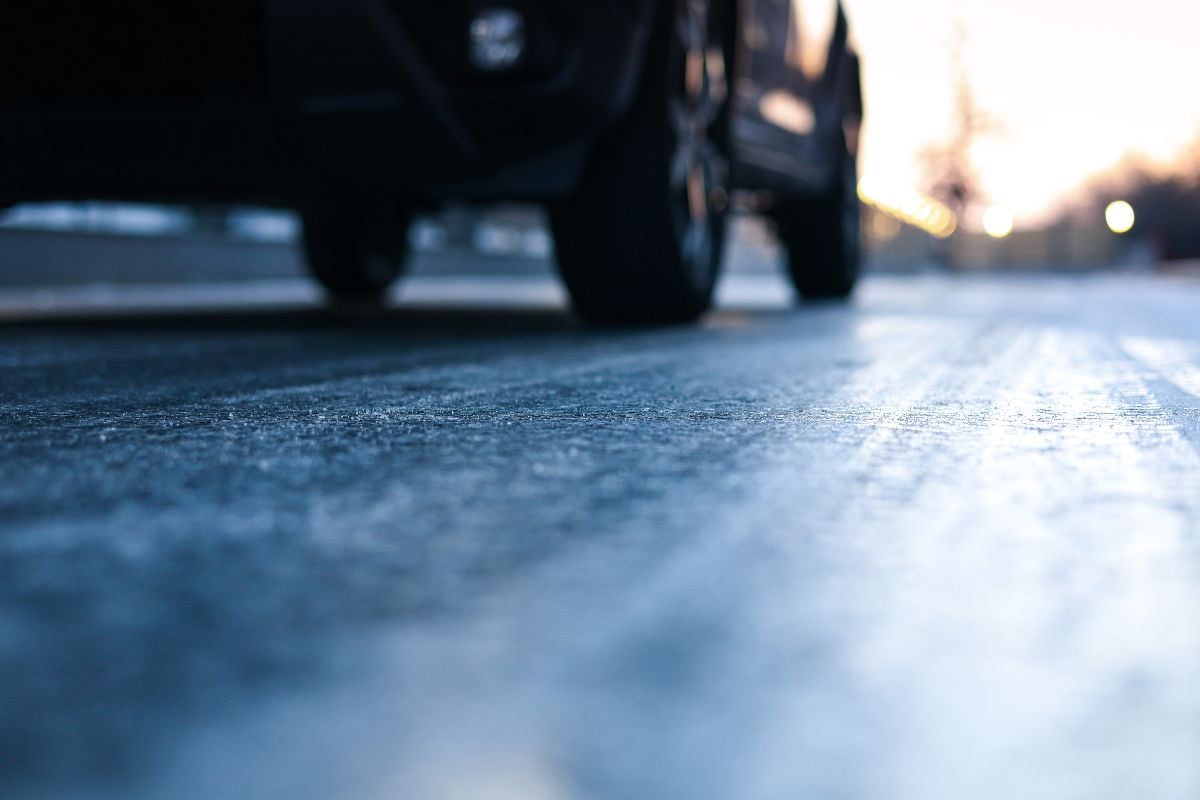
Lower 48 roads often get salted into sloppy slush. Alaska leans more on sand, traction, and pure caution. Black ice awareness becomes a sixth sense after a few seasons. The idea that a plow and salt truck solve everything feels optimistic.
15. Aurora as Bucket List
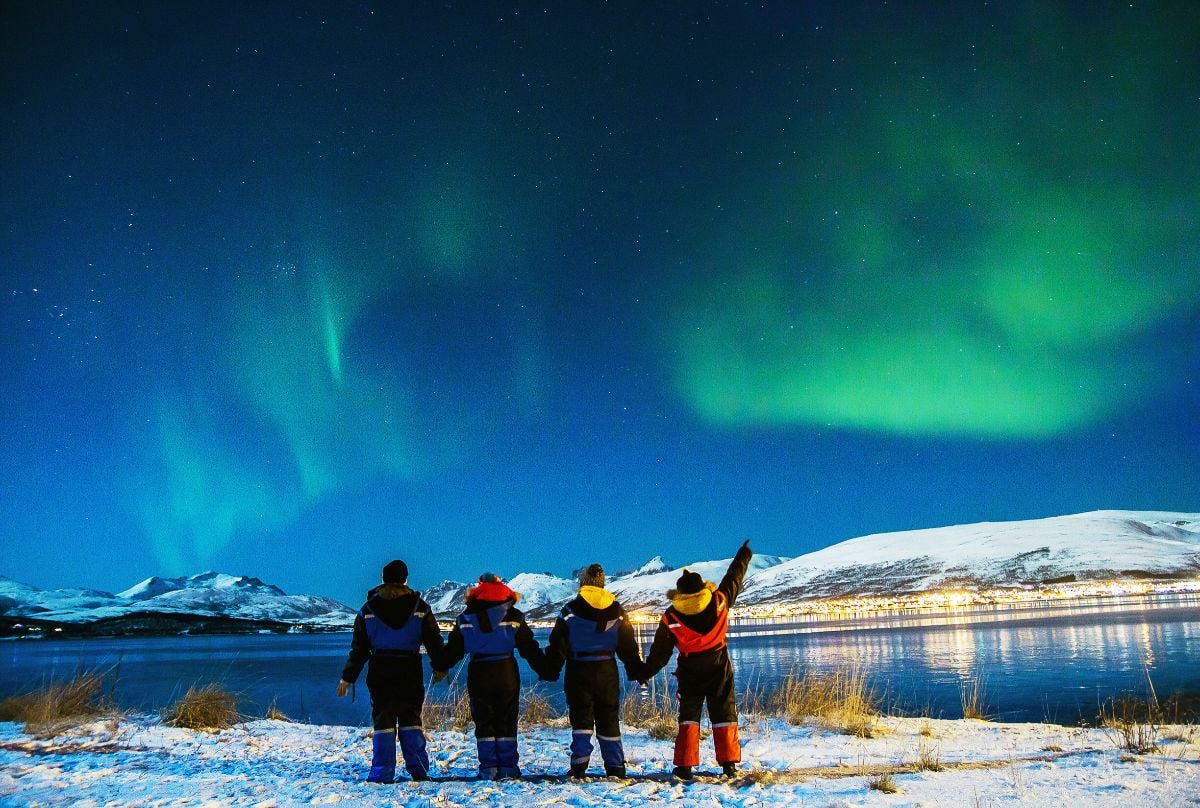
Down south, seeing the northern lights is a once-in-a-lifetime trip. In Alaska, it’s spectacular—but also Tuesday if the forecast is right. People schedule midnight drives like they’re chasing a food truck. The excitement is real, but the mystique gets tempered by routine.
14. Disaster Dialects
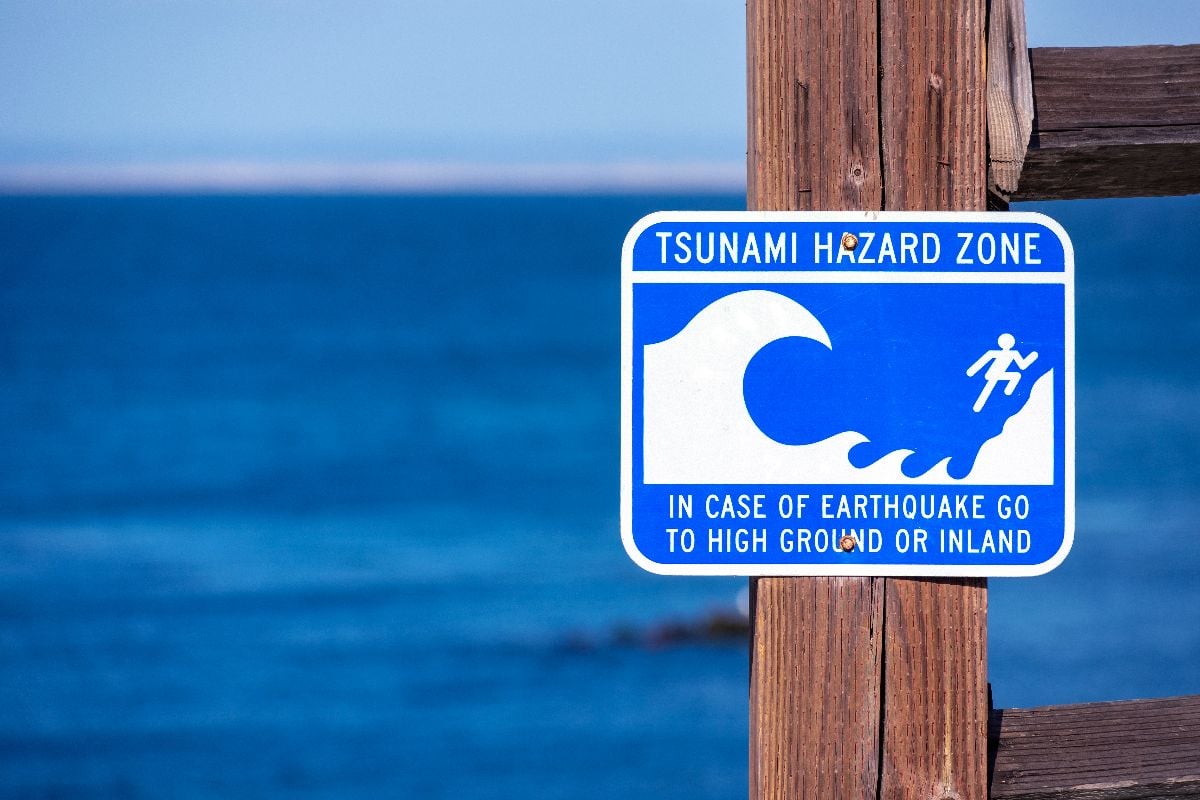
Lower 48 folks trade hurricane and tornado lore. Alaskans swap earthquake kits, tsunami routes, and “where were you during the shaker” stories. Preparedness looks different depending on your map. The surprise is how casually people ignore fault lines until they don’t.
13. Commuting by Ferry or Bush Plane
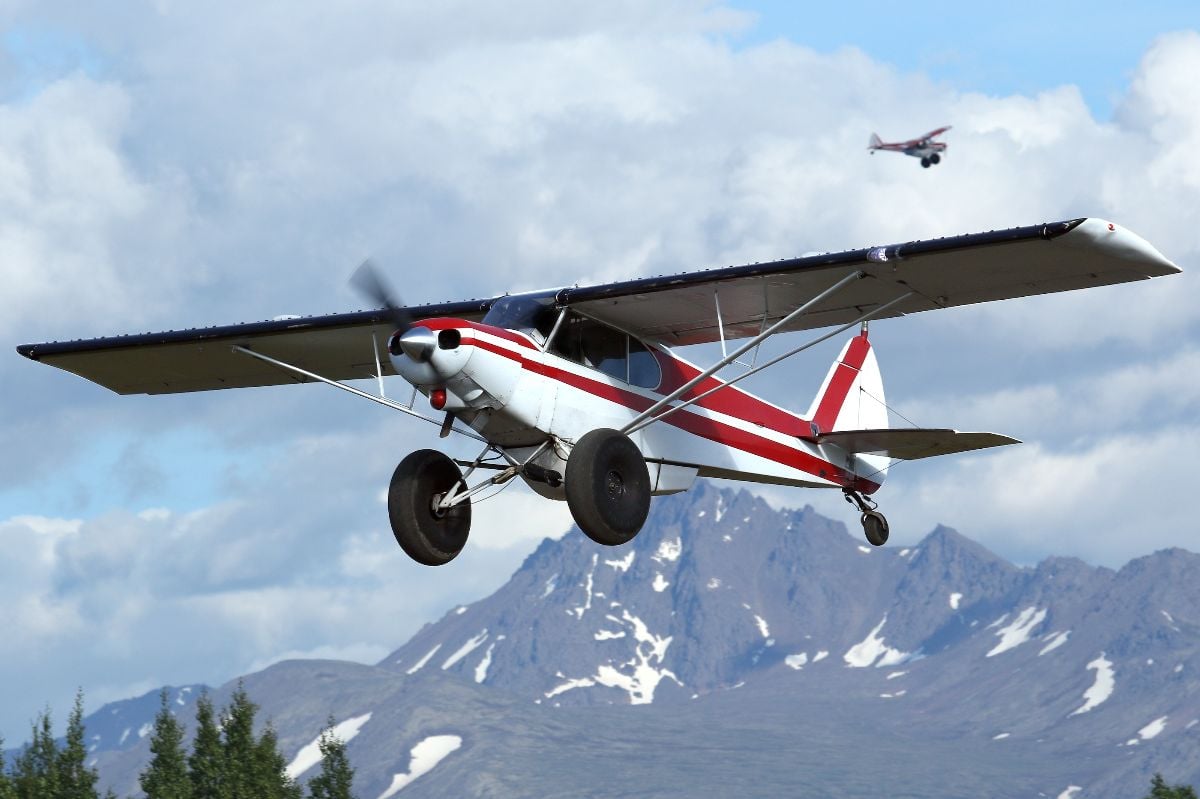
Subways and ride-shares make perfect sense in big continental grids. In Alaska, flights to neighboring towns and ferries that double as highways are just life. “Road access” is a genuine question, not a metaphor. The Lower 48 forgets that not every dot on the map has a road.
12. Sticker Shock Goes Both Ways
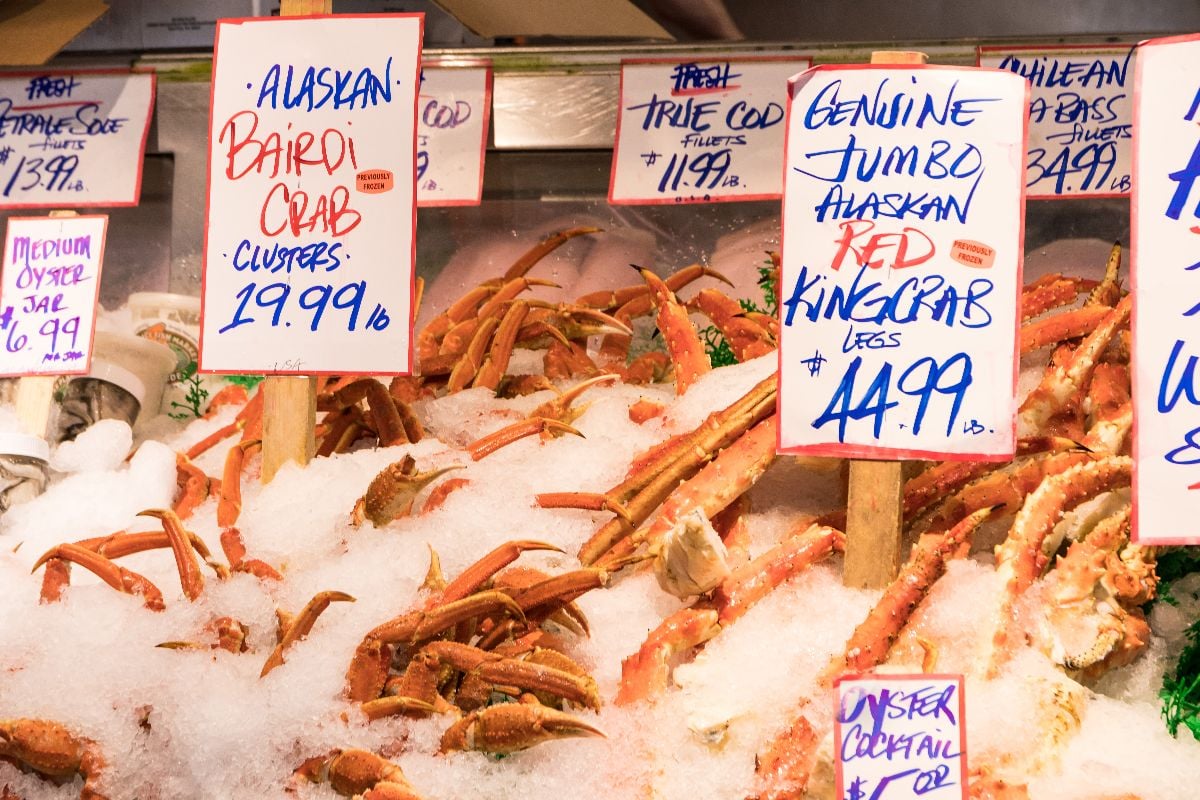
Lower 48 friends gasp at Alaska grocery prices and fuel costs. Alaskans visit mainland warehouse stores and feel like they’ve stumbled into a sale that never ends. Supply chains change the math on everything from milk to lumber. The real shock is realizing that both realities are normal for where they are.
11. Calling at Wild Hours

People in the Lower 48 often forget Alaska’s four-hour time gap. Early morning “quick calls” land in the pre-dawn darkness up north. Alaskans become experts at calendar invites with explicit time zones. If you don’t specify, someone’s coffee will go cold waiting.
10. Hunting and Gathering as Food Strategy
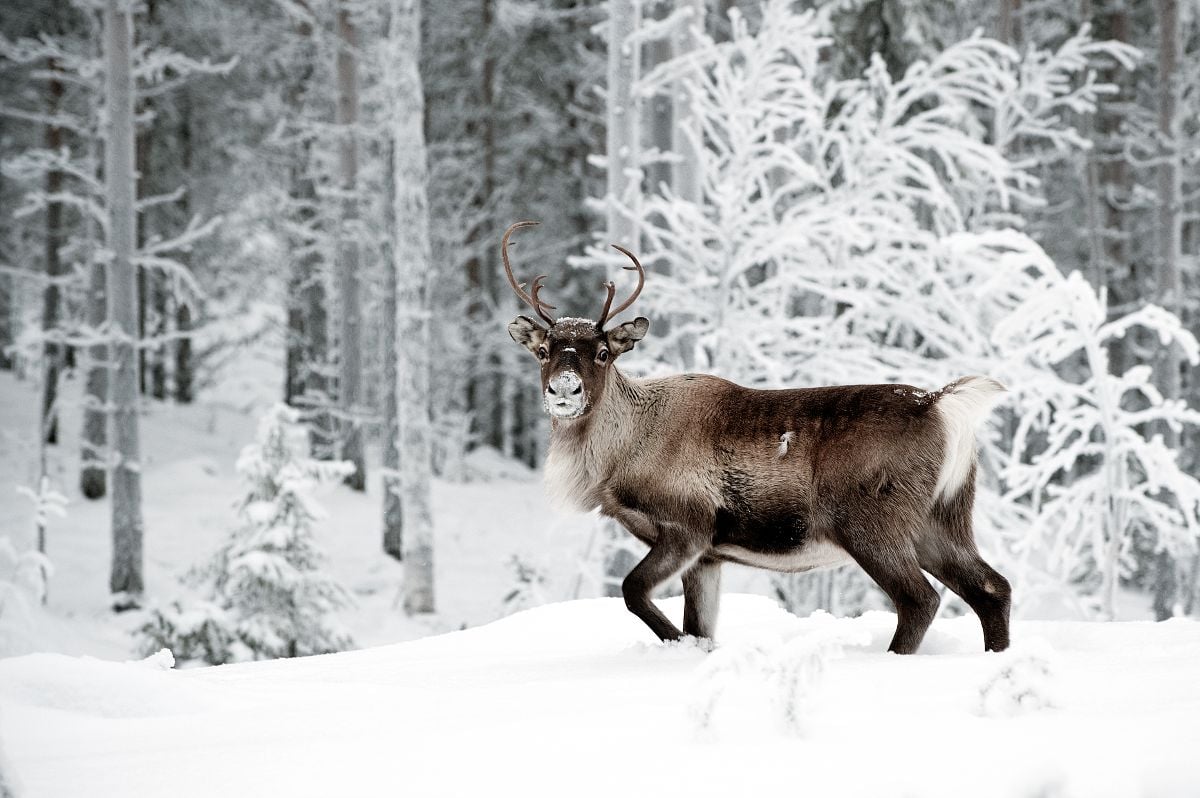
For many Lower 48 households, meat is a barcode away. In Alaska, freezers full of moose, caribou, or salmon are the original meal prep. It’s less of a hobby than household resilience. The satisfaction of “we put this up” doesn’t translate on a restaurant receipt.
9. Mosquito Season with Bite

Lower 48 bugs are annoying; Alaskan mosquitoes audition for villain roles. Long sleeves, head nets, and smoky campfires become fashion statements. Repellent is a condiment you apply generously. The only joke is calling them the “state bird” because it’s too true.
8. Moose and HOA Rules
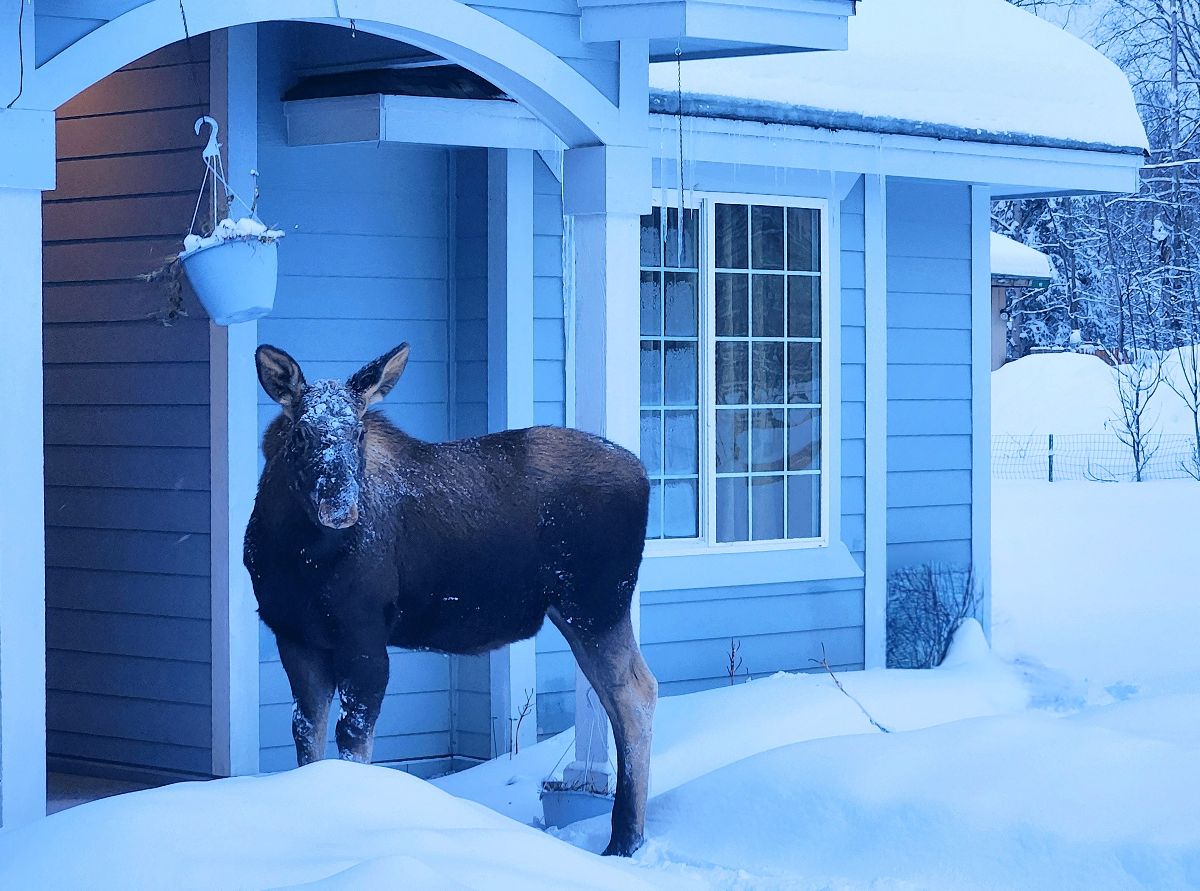
Many neighborhoods down south worry about lawn height and mailbox color. Alaskans worry about a moose bedding down next to the porch. You prioritize wide driveways and clear sightlines over curb appeal. The “wildlife clause” isn’t in the HOA manual, but it runs the place anyway.
7. Coffee Huts > Coffee Chains
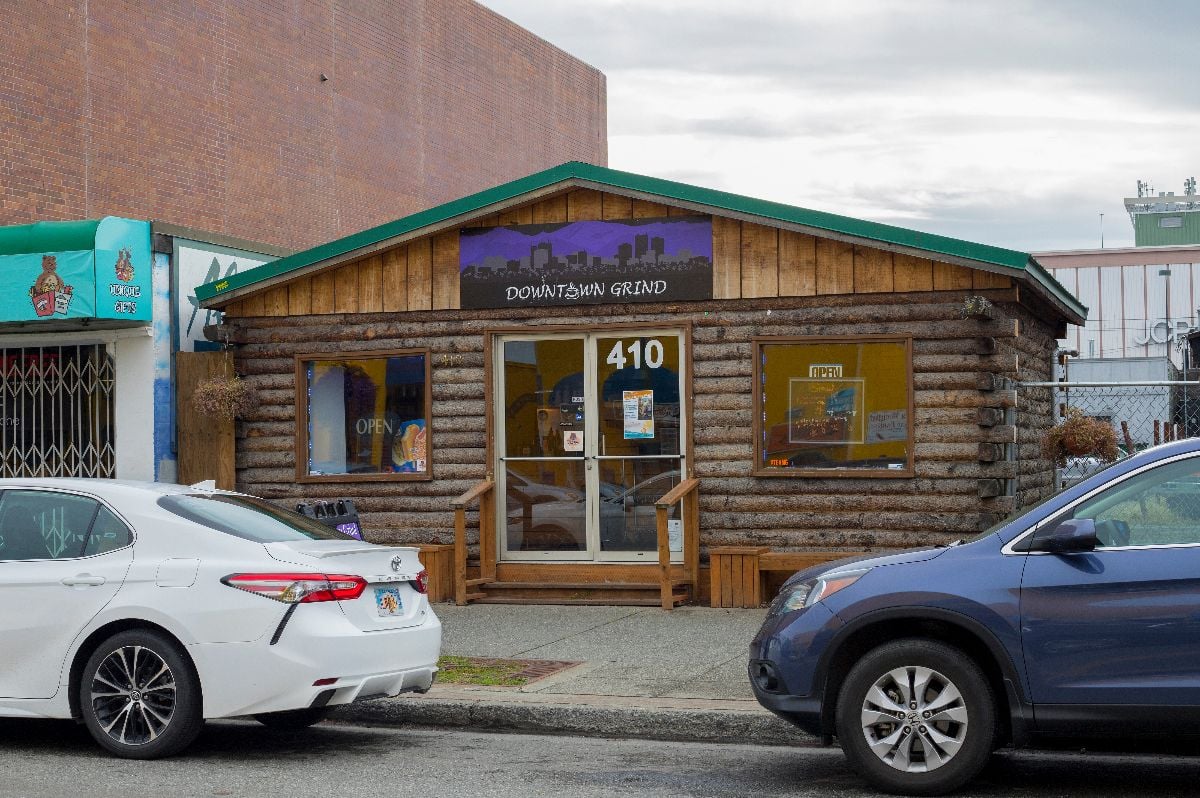
Drive-thru coffee huts dot Alaskan roads like milepost markers. They open early, stay late, and remember your order when daylight forgets you. Big chains make sense in cities, but huts match the rhythm of the road. In winter, a steaming cup passed through a window feels like community.
6. Power Outages Are Seasonal Events
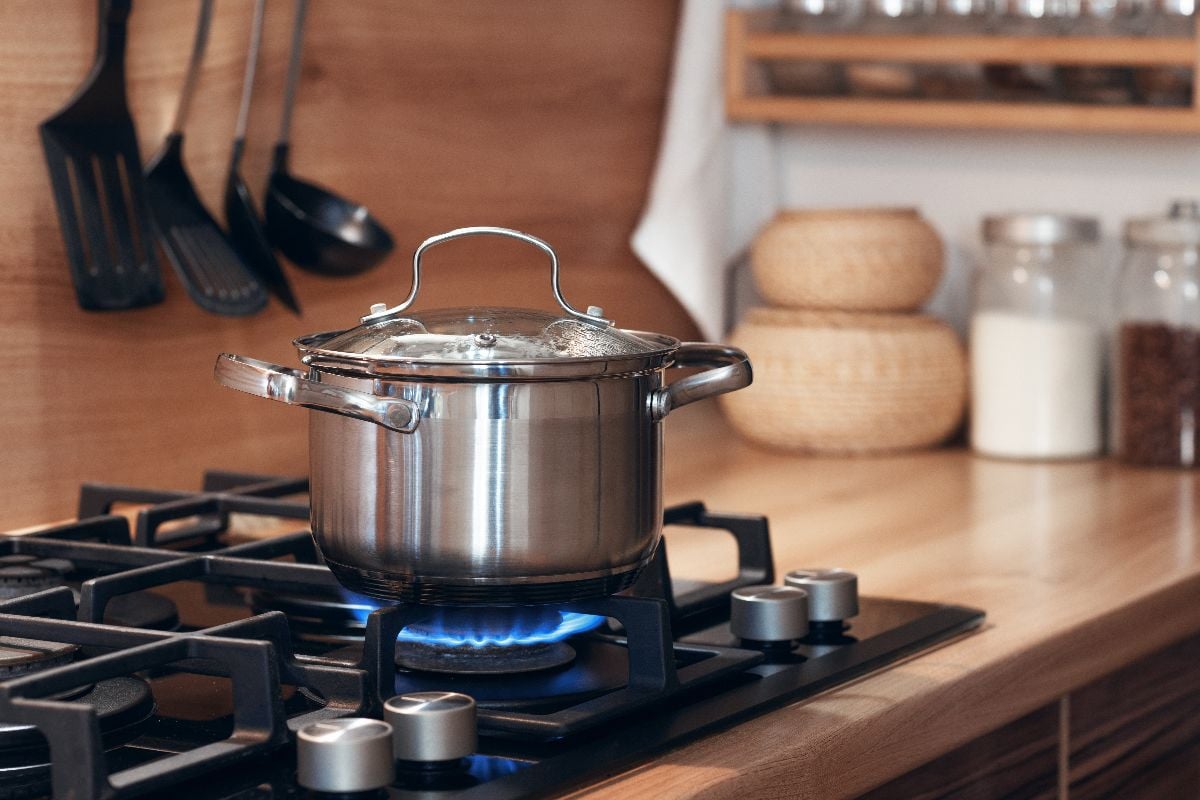
In the Lower 48, the lights flicker and social feeds explode. In Alaska, generators hum, lanterns come out, and soup goes on the stove. You measure outages in chores completed rather than minutes offline. It’s not stoicism—just practiced choreography.
5. Fireweed as a Seasonal Clock
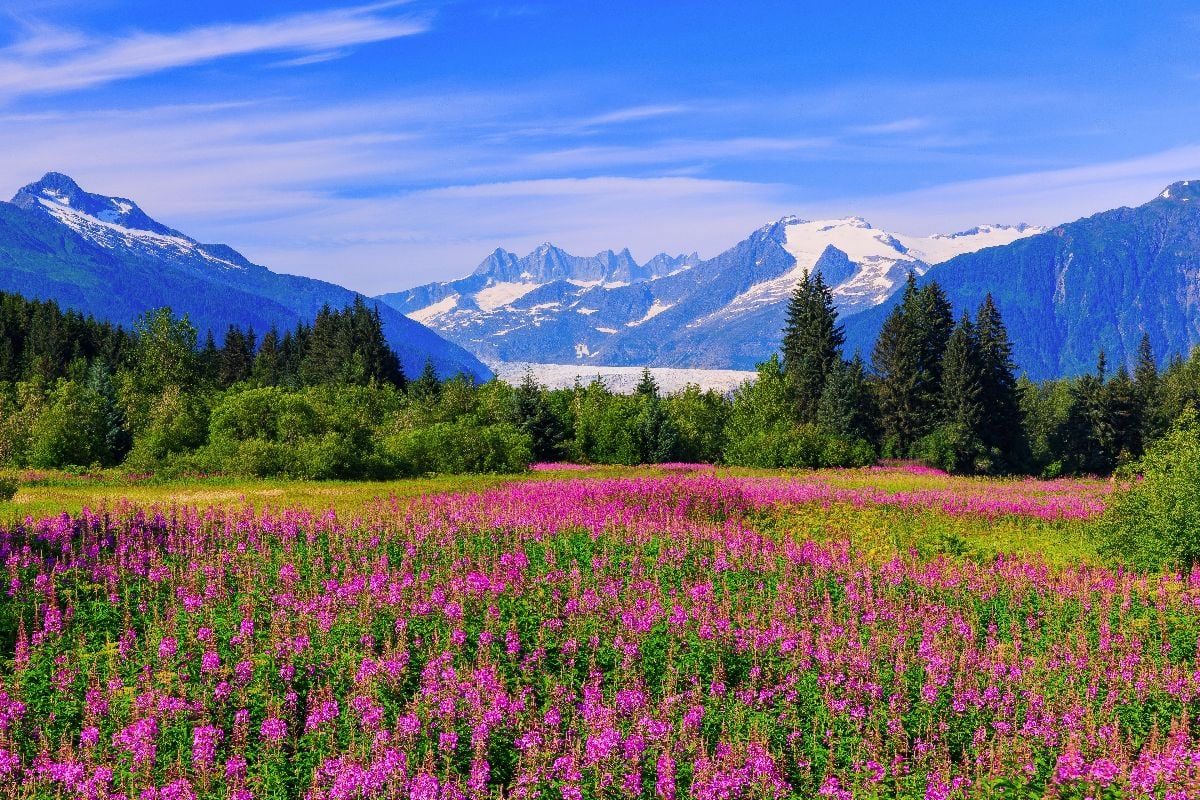
Pumpkin spice announces fall down south. In Alaska, people watch fireweed bloom to the top to predict first frosts. Nature keeps the calendar better than any marketing rollout. When the stalks go cottony, you find your hats.
4. “Remote” Actually Means Remote
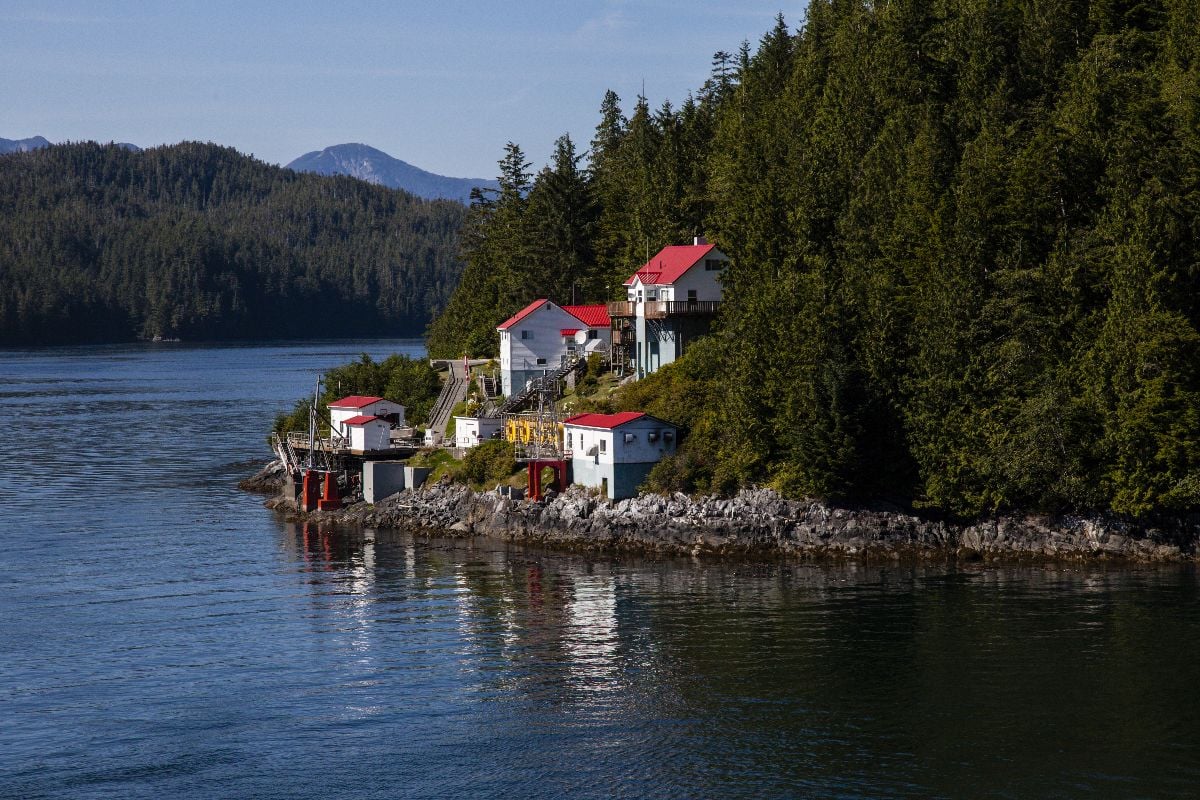
Lower 48 “remote” might mean no delivery service. In Alaska, it can mean no road, no grid, and a mail plane when the weather cooperates. Logistics carry real uncertainty, not just inconvenience. You plan for Plan B, C, and “try again next week.”
3. Gear Over Glam
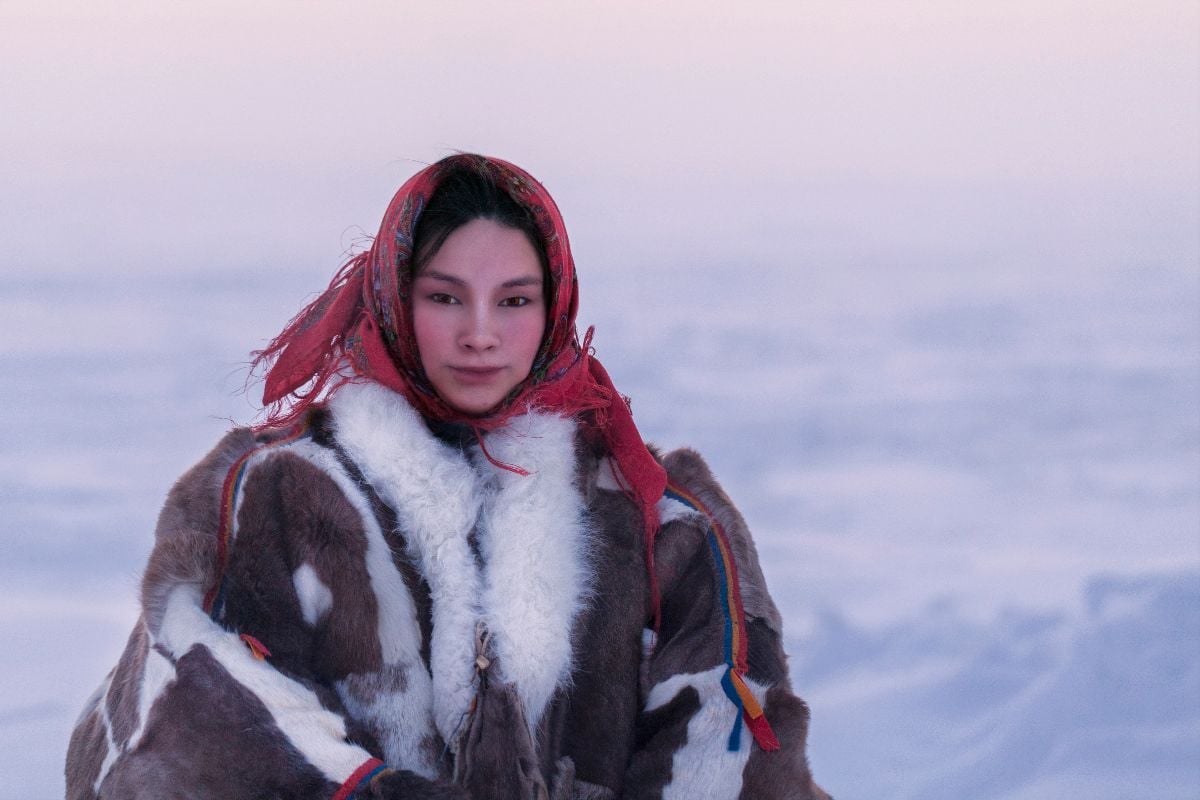
Down south, outfits can be aspirational; up north, they’re mission-critical. Waterproof beats fashionable nine days out of ten. A good parka is a love language. No one asks who made your boots—only if they’re warm.
2. Weather Isn’t Small Talk
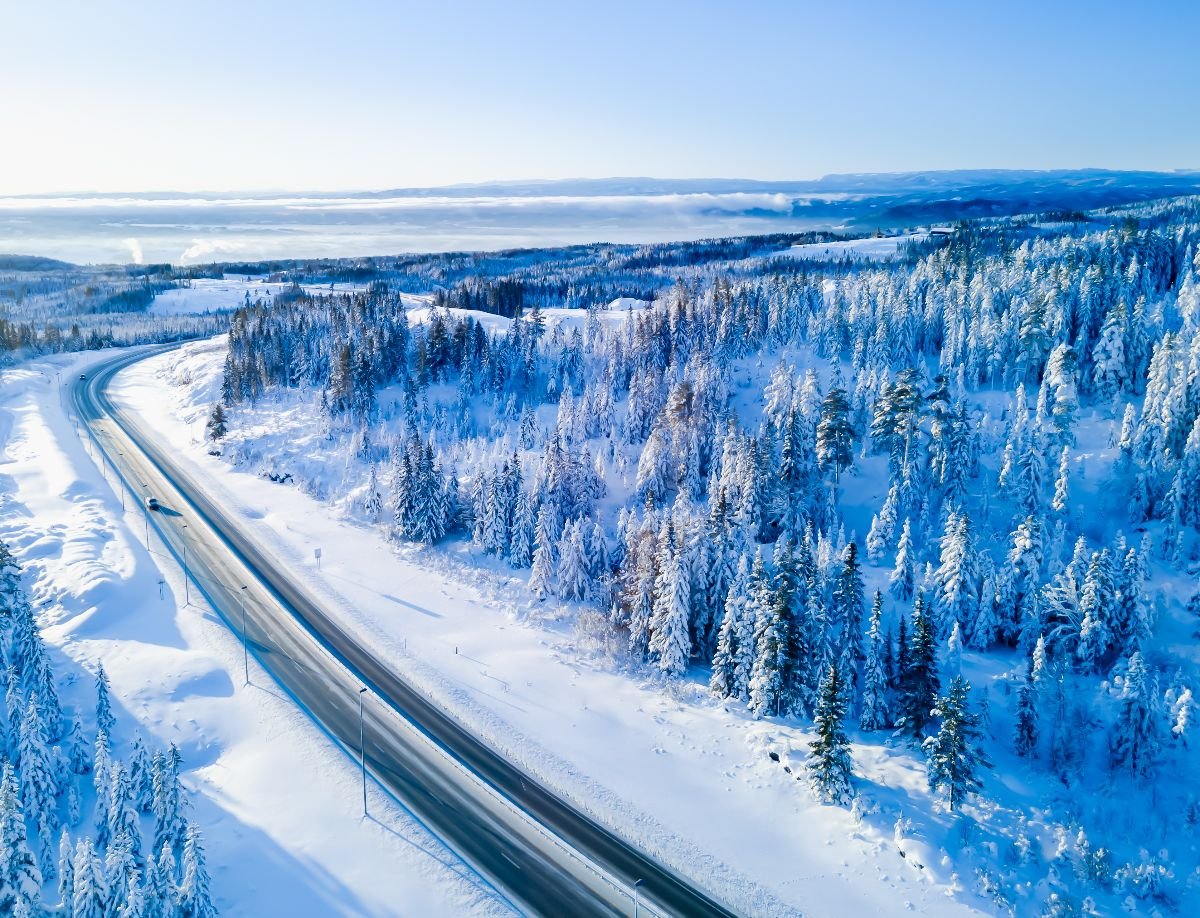
Weather in the Lower 48 fills dead air. In Alaska, it determines whether you leave the house, which route you take, and what you pack. Forecasts are action plans, not conversation starters. If you’re not looking at wind and temps, you’re not actually going.
1. The Scale of the Place
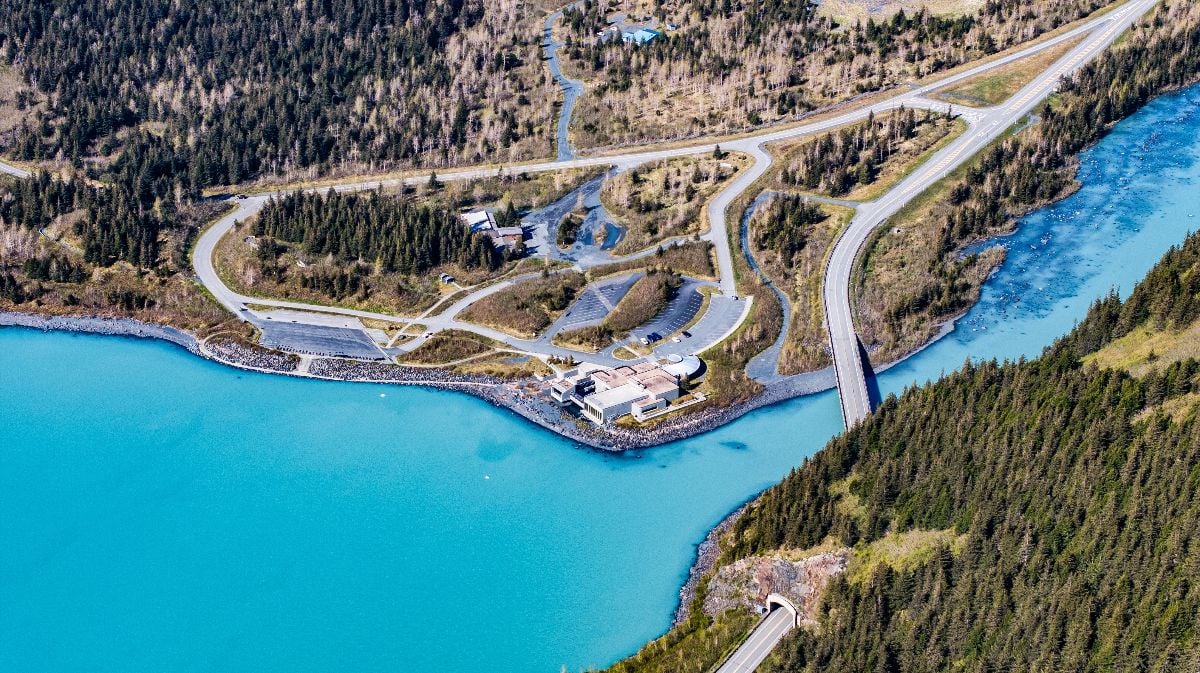
Many Lower 48 folks still picture Alaska tucked near Hawaii on a classroom map. The state can swallow multiple “big” states whole and still have room for glaciers. You can’t drive to Juneau from the highway system, and that alone bends brains. Until you feel the scale, the word “huge” just doesn’t land.

